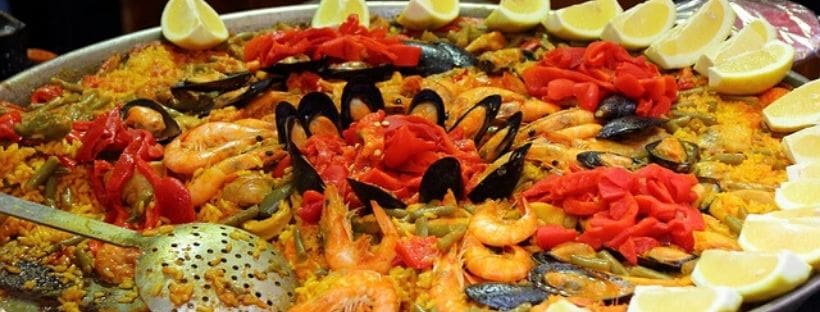
From sun-ripened fresh fruit and vegetables to nuts, fish, dairy and olive oil, Spain has long been recognized around the world for its cuisine. The Spanish diet is a typical example of this type of healthy Mediterranean living.
For those traveling to Spain, understanding the cuisine, food culture, and following a few key Spain food travel tips makes it actually quite simple to enjoy the miraculous food and stay healthy.
Popular types of food and drink
Spain’s national dish is seafood paella, a healthy option that is available at most eateries across the country. The dish is usually made from beans, vegetables, spices, fish, and shellfish, though it is common for pork or chicken to be used instead of fish.
There are also a few traditional tapas favorites that travelers can enjoy as part of a healthy diet, such as Spanish omelet, chilled tomato soup (gazpacho) and ratatouille.
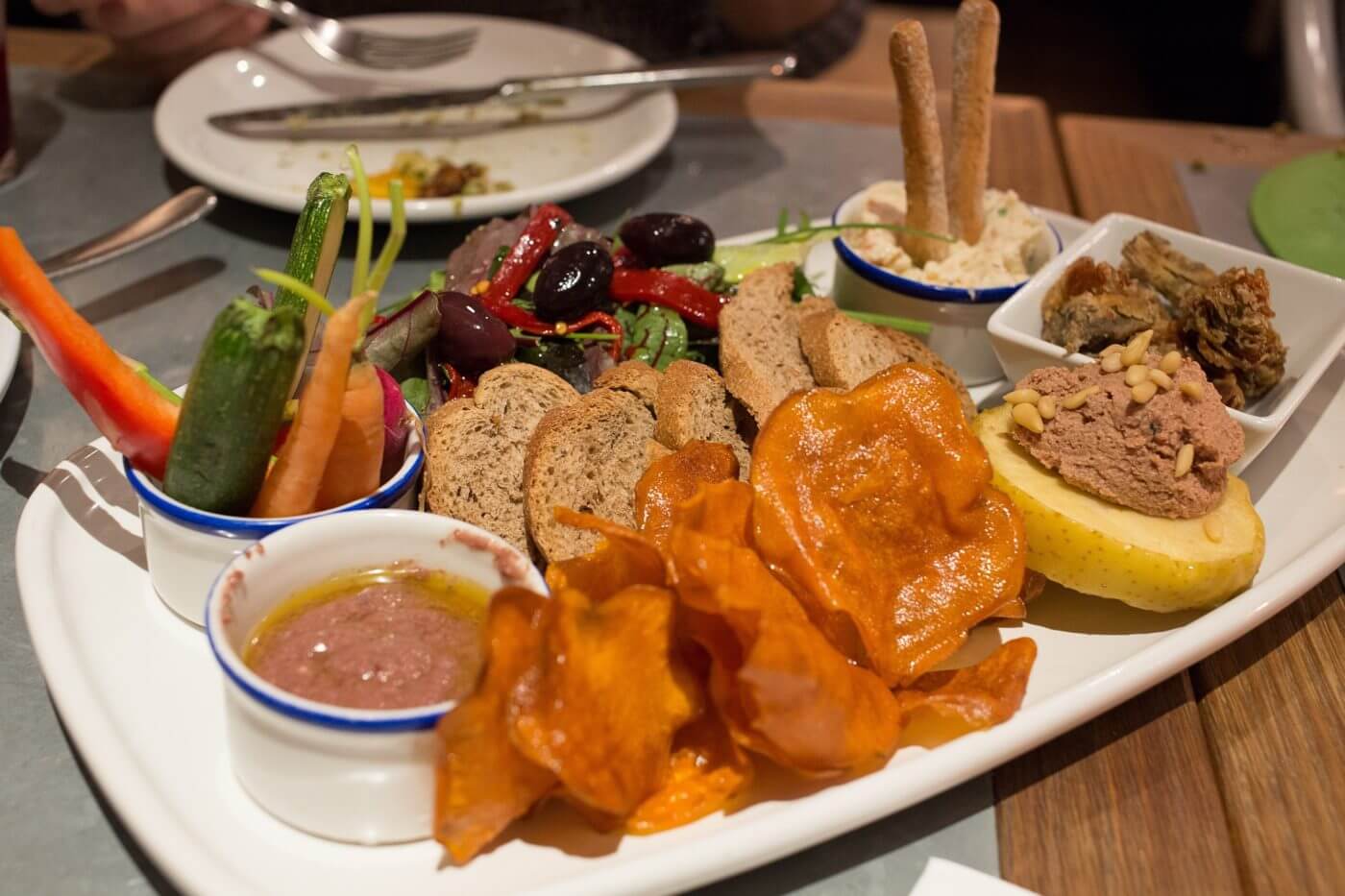
In Spain, alcohol is often consumed with each meal – whether it’s a breakfast coffee and brandy, a glass of “tinto de verano” (literally “summer red wine” made with red wine and lemonade), or some “rebujito” (white sangria).
Whilst such customs are something that health conscious travelers will want to be aware of, it is generally agreed that alcohol can be part of a healthy diet when consumed in moderation.
—> Read More: Journey Through the South of Spain: Top Things To Do In Andalusia
Spanish eating customs and habits
For Spaniards, a large part of eating is about spending time with loved ones and sharing delicious food. They tend to snack or graze, rather than sit down to eat a large meal.
This is why tapas is popular and widely available – people can order a variety of small dishes of a bar or restaurant’s specialties to share with friends and family over good conversation (the custom of chatting after a meal is called “sobremesa”, which literally means “over-table or after-table”).
Perhaps the most significant Spanish custom you might need to be aware of is the siesta – two hours in the middle of the day when some workers go home to rest and eat lunch with their families.
This usually takes place between about 2pm and 4pm, during which time most shops and eateries will be closed, although this is more often observed in rural Spain than cities these days.
Tip: Lunch is also the biggest meal of the day, with most Spaniards just having an evening snack, so travelers might want to plan ahead to make sure they have lunch before the shops close.
Note: In recent years, there have been changes to the law and calls to end the custom, or at least reduce the length of the official working day, which might in some sectors bring an end to the two-hour lunch.
Food and drink events or festivals
Spain hosts a variety of food festivals each year, many of which are usually based around the harvest of a particular crop.
For example, there is the Saffron Rose Festival in La Mancha, where stigmas of saffron are collected from fields of crocus flowers, and travelers can try local foods and enjoy traditional Spanish dances and parades.
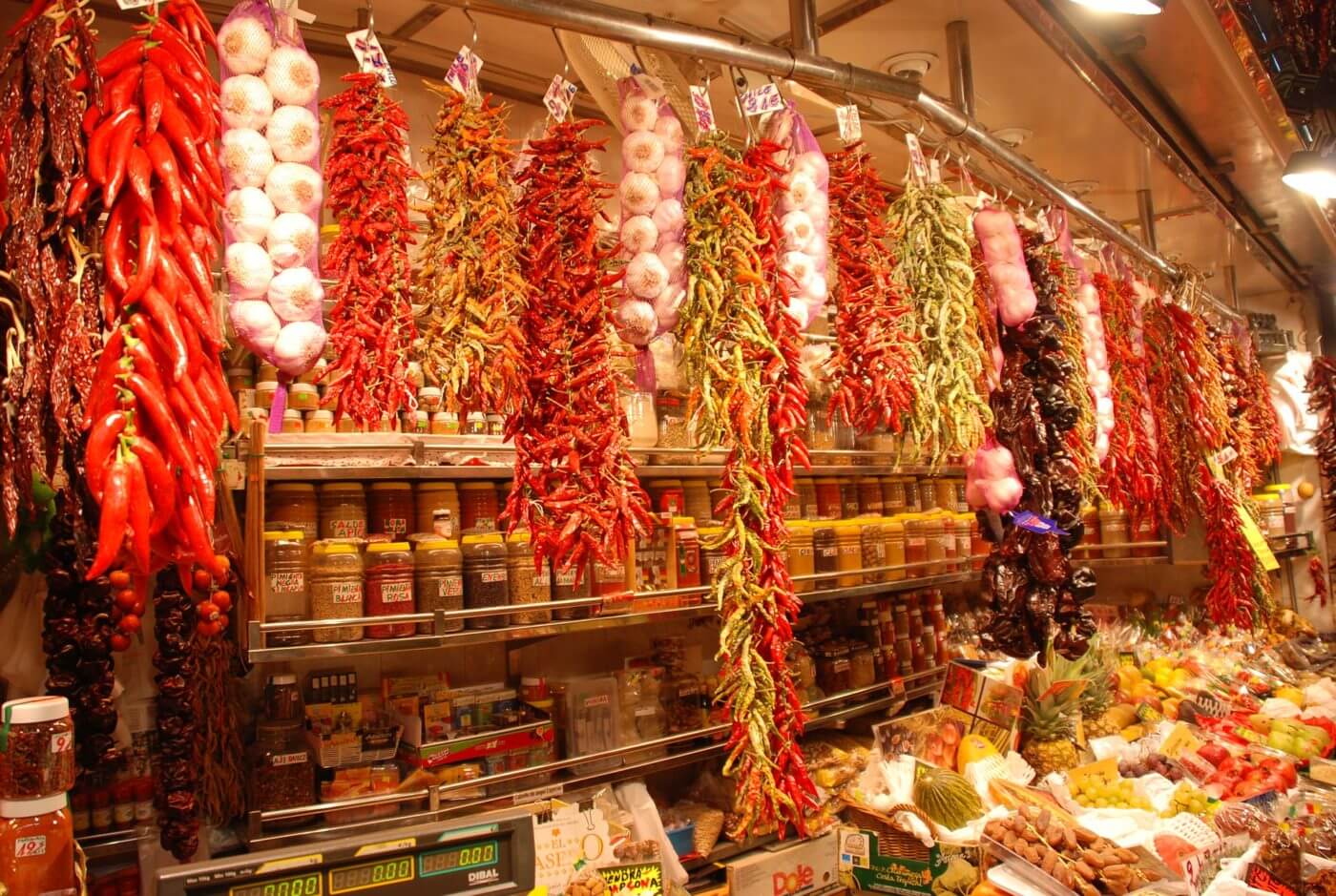
The Water and Jamón Festival in Lanjarón (Andalucía) honors a tradition where passers-by are soaked with natural spring water on the day of Saint John the Baptist, before being given beer and Spanish ham.
Tip: These events can be a great opportunity to taste local dishes, learn more about their ingredients, and really experience Spanish cuisine at its best.
Spanish cooking styles and ingredients
Most Spanish food is simple in style, which highlights the freshness and flavor of the produce. It is common to cook with olive oil, rather than using butter. Olive oil is sometimes served raw for dipping bread or drizzling over salads.
The Guidester Difference: If you’re a “foodie”, consider taking a cooking class while in Spain. Your personal travel guide will provide information on it and direct access to book – all in one place.
You can expect to eat a lot of salads containing ingredients like olives, Manchego cheese, beans, lentils and peas – ingredients often cited as being healthy food options – as well as other healthy dishes such as stews and paellas.
Depending on their specific food preferences, travelers may find that the Spanish diet is fresher, and lower in fat and calories when compared to the diet prevalent in their home country.
However, Western-style dishes and fast food is common in some of the coastal resorts and tourist areas.
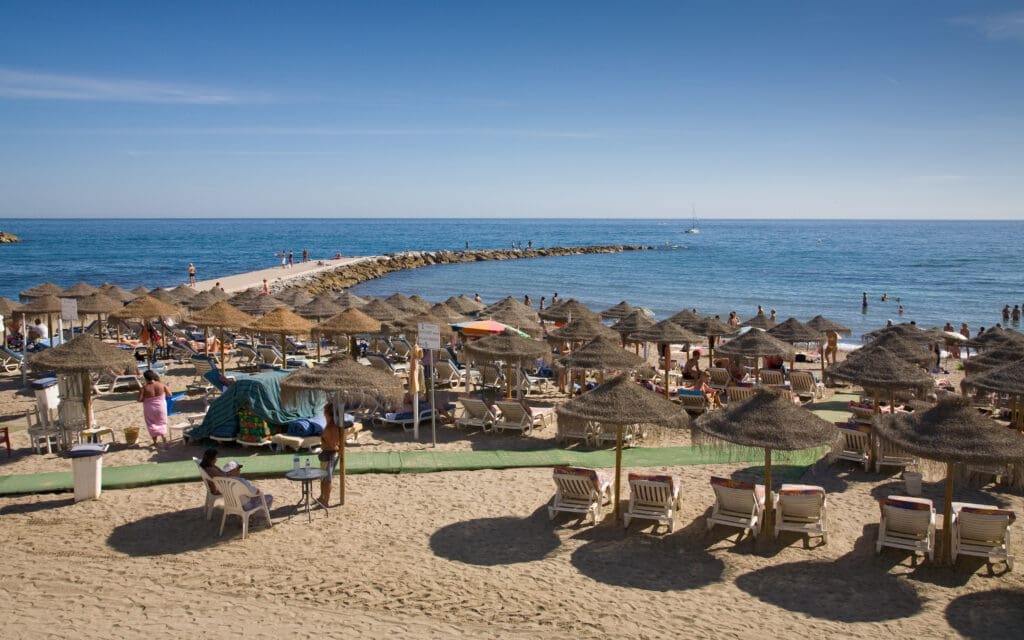
Planning a Trip to Spain?
We can help create your perfect itinerary!
- Worried you'll miss the hidden gems?
- How long should you stay in each place?
- Should you rent a car, train it, or both?
Practical considerations of eating and drinking
The main aspect of Spanish cuisine that may initially confuse travelers is meal times.
Lunch is usually eaten between 2pm and 4pm, and dinner between 9pm and 11pm, which is significantly later than people would generally eat in countries such as the UK and US.
Tip: Some travelers may find that it takes a while to get used to restaurant opening and closing times. This can cause problems if you do not plan in advance, particular for those with young families or people who suffer from low blood sugar and health conditions such as diabetes.
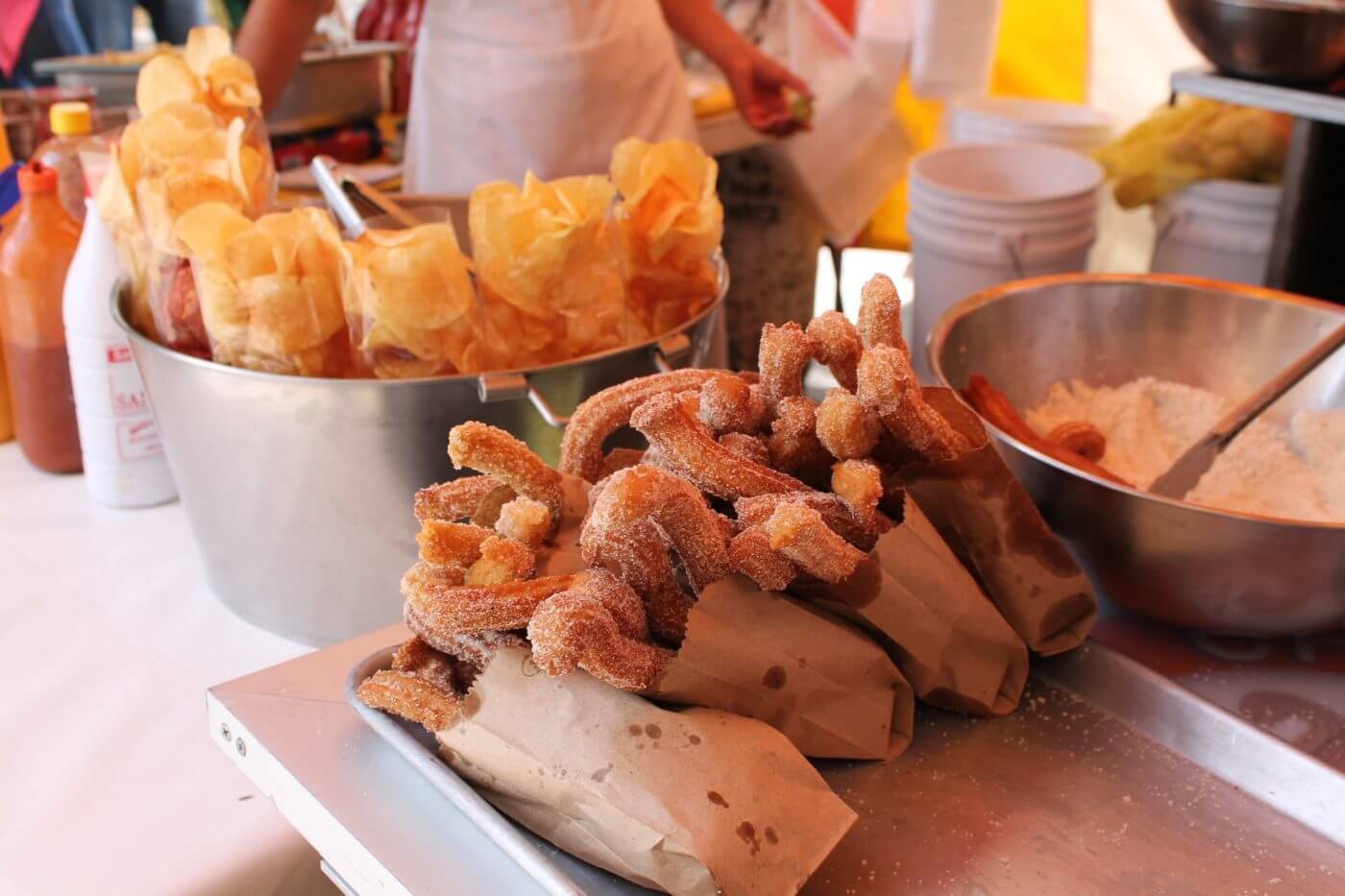
Common issues travelers face with food and drink
In many parts of Spain, locals may not speak English, making it difficult for travelers to order and buy food and drink without a basic command of the language.
It is also worth remembering that in cities like Barcelona – which is in Catalonia, northeast Spain – Catalan is the primary spoken language (as opposed to Castilian Spanish spoken in Madrid).
Spanish is also widely spoken, but it is often considered polite in the region to learn a few Catalan words to start a conversation before speaking in English or Spanish.
Tip: Travelers who do not speak Spanish may need to rely on a Spanish-speaking friend (or a translation book or app) to help them to read menus and food packets, and order in restaurants.
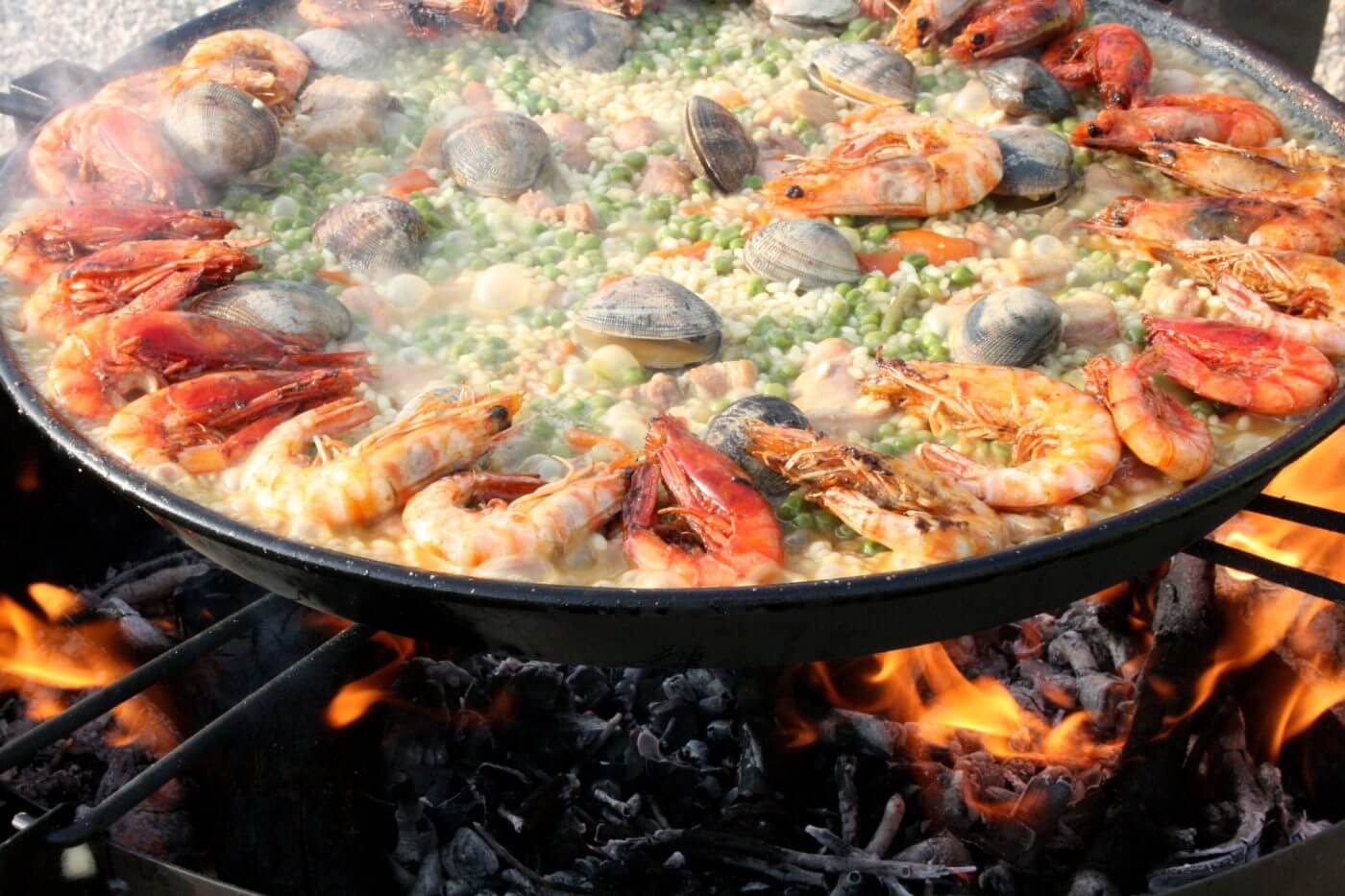
Food and drink for travelers with health conditions
A lot of Spanish food contains nuts, dairy and shellfish, so travelers with food allergies and intolerance may want to carry translation cards, learn some Spanish, or travel with a Spanish-speaking friend who can communicate this on their behalf.
Summary
Travelers should find it easy to maintain a healthy and balanced diet in Spain. In many parts of the country, the dishes are prepared using fresh and healthy ingredients. In general, this can lead to a delicious diet that is lower in fat and calories than many Western dishes.
However, you may be sometimes caught out at lunchtime when some stores and restaurants close for a siesta. It can also be very useful to learn some basic Spanish (or Catalan) before traveling to Spain, to help integrate and explore new dishes with confidence and make the most of the local cuisine.
Download ‘10 Crucial Things To Do Before Traveling Abroad’ to avoid mistakes and ensure a smooth trip; adapters and electronics, packing tips, foreign currency, phone plans, and more!





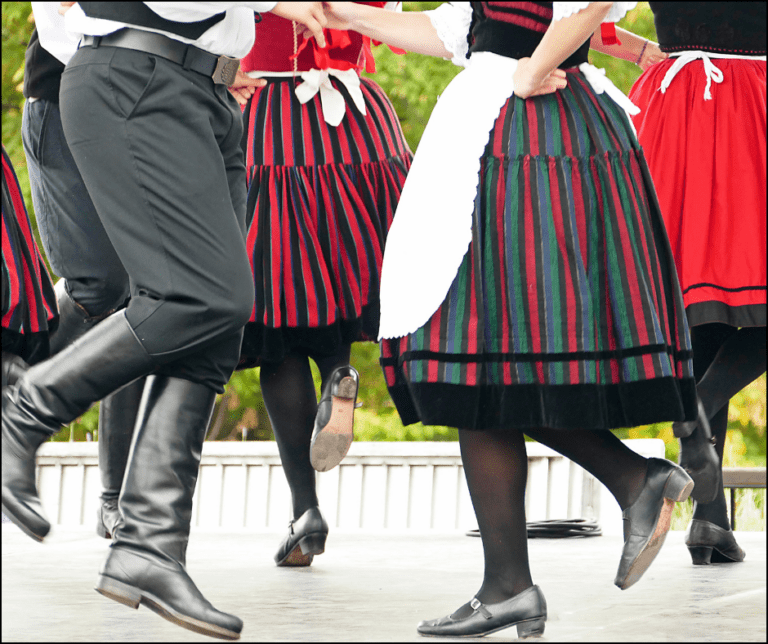





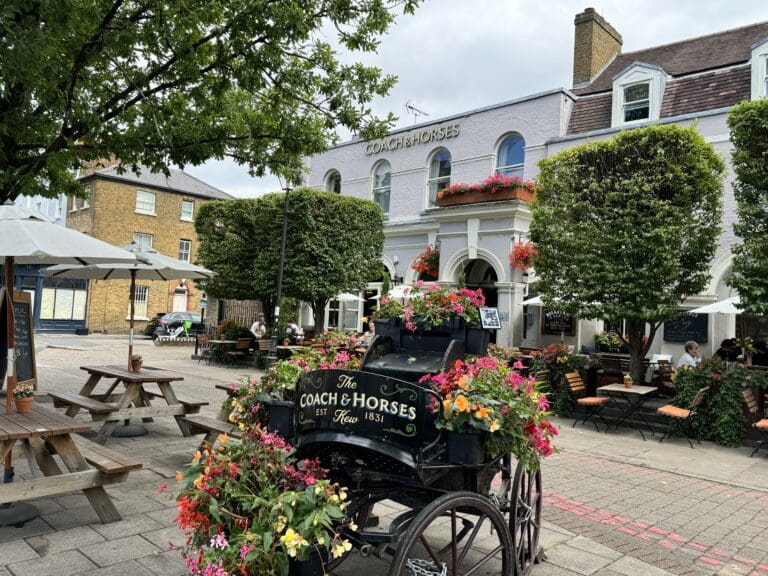
2 thoughts on “A Traveler's Guide to Eating In Spain and Staying Healthy”
Spain food travel tips are amazing that you have shared. Thanks for the valuable information on this topic. Subscribed your blog.
Thank you for following!